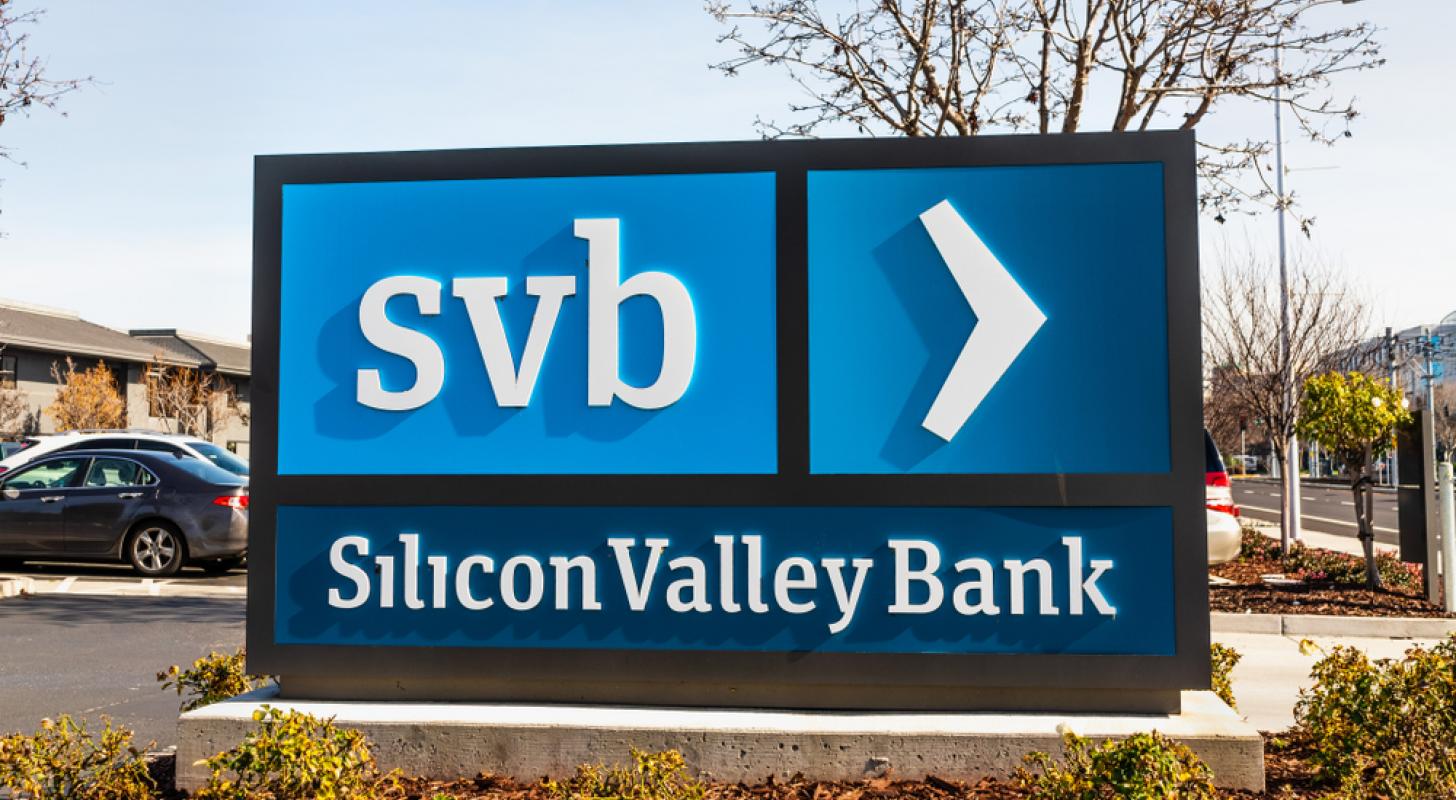
As the branch of Street debates SVB Finance Group SIVB-in possession Silicon Valley Bank collapse and the government bailout, one analyst argued that solving the problem could not mean a complete solution.
What happened: The Fed’s intervention to prevent a bank run could restart quantitative easing and set the stage for much bigger problems in the future, he said Genevieve Roch Decter, Founder of a financial media company Grit Capital.
See also: The Best Sectors to Invest in Right Now
The former wealth manager noted that SVB’s problem had to do with its bond portfolio being tied at low yields, forcing the bank to sell the bonds at huge losses in order to settle the $42 billion payout requests at a day to fulfill.
The government had to step in to avert hundreds of bank runs and possibly the collapse of some of them, she said.
What the Fed did: The The Fed opened swap lines To prevent the same problem from occurring at other banks, Roch-Decter said, adding that the central bank stepped in to replace them Federal Deposit Insurance Company.
“And instead of just insuring $250,000 per account, they now insure every single deposit,” the analyst said. Deposits, she said, will total in the $19 trillion range.
If withdrawals accelerate, banks can afford to wait out the life of bonds with huge unrealized losses on assets that have fallen in value due to the rising interest rate environment, the analyst said. These banks can then redeem the bonds at par at maturity, she added.
Roch-Decter noted that the Fed’s intervention means banks can swap their distressed assets for face value and pledge their assets for loans equal to the original value of the assets.
The current inflationary pressures that have forced the Fed to raise interest rates aggressively are due to the Fed’s quantitative easing amid the COVID-19 Pandemic.
Continue reading: The Black Swan author defends the Fed and the banking system
[ad_2]
Source story

